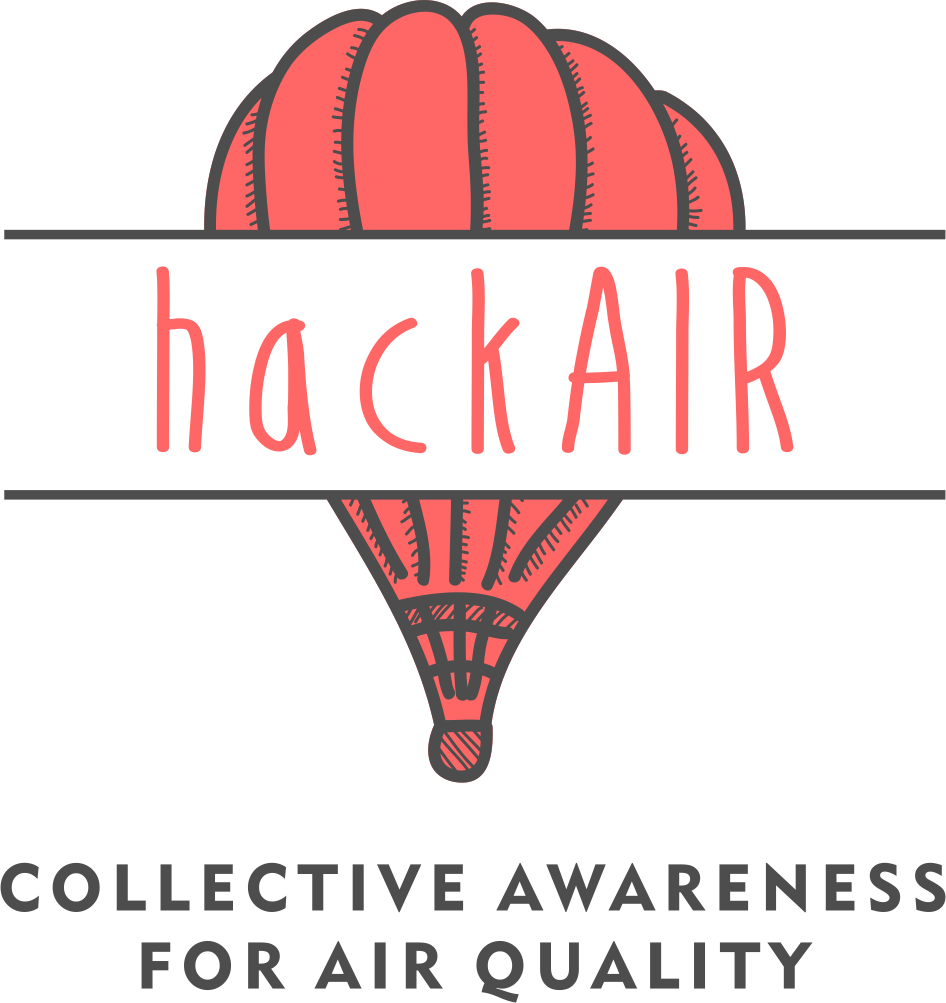While it is possible to contribute to a better air quality map on your own, it’s a lot more fun to do so in a community of people. That’s why we’re travelling across Europe to participate in and organise workshops and activities on air quality and citizen sensing: Have a look at some recent events in Germany, Belgium and Norway!
Linking up at Open Data Day
Open Data Day is an annual celebration of open data all over the world: 406 events took place on March 3, 2018! It is an opportunity to show the benefits of open data and encourage the adoption of open data policies in government, business and civil society.
hackAIR was partner of the Frankfurt Hackathon, and hackAIR team members Arne Fellermann (BUND) and Carina Veeckman (VUB) also contributed to Open Data Day events in Stuttgart and Brussels.

Arne travelled across Germany on March 3 (Berlin to Frankfurt to Stuttgart and back) and participated in two Open Data Day events: at OK Lab Frankfurt and at OK Lab Stuttgart. He concludes:

“Great communities of OK Labs, inspiring talks and input. Great to discuss the activities of luftdaten.info. We also received valuable and constructive feedback on hackAIR.”
The Open Data Day event in Brussels (“Towards clean air with open data”) was organised by Open Knowledge Belgium and Civic labs. All resources are available and open for everyone to use: presentations, videos and pictures. Carina Veeckman (VUB) spoke about: “Participatory processes for air quality measurements through hackAIR”. Carina’s presentation slides and the video of her talk give a good overview of the work of hackAIR in the field of air quality measurement and citizen science. She says:

“Open Data Day was celebrated in Brussels with an event fully dedicated to open air quality.
The event was a great networking opportunity for hackAIR to strengthen collaborations, and make new contacts.”
Build your own sensor: workshop by NILU
On March 1, hackAIR partner NILU organised a sensor-building workshop in Oslo. 16 people showed up, from high school students, civil servants of the municipality of Oslo, students of meteorology and environmental activists. After building the hackAIR home sensor, they set them up in simple cases (thanks to luftdaten.info for providing fantastic ideas), with the following adaptations:

- conductive silicone tube (10 cm) to avoid particles to be attached/accumulated inside the tube
- sensor mounted on the vertical part of the PVC pipe to facilitate the air flow
- extra part to the PVC pipe added to avoid sensor falling down
The sensors will now be set up across Oslo and operate until June to increase our collective understanding of air quality patterns in the Norwegian capital.
Want to organize your own hackAIR workshop? We’ve got a full workshop toolkit with all instructions for you – or give us a shout, and we might even come by!



